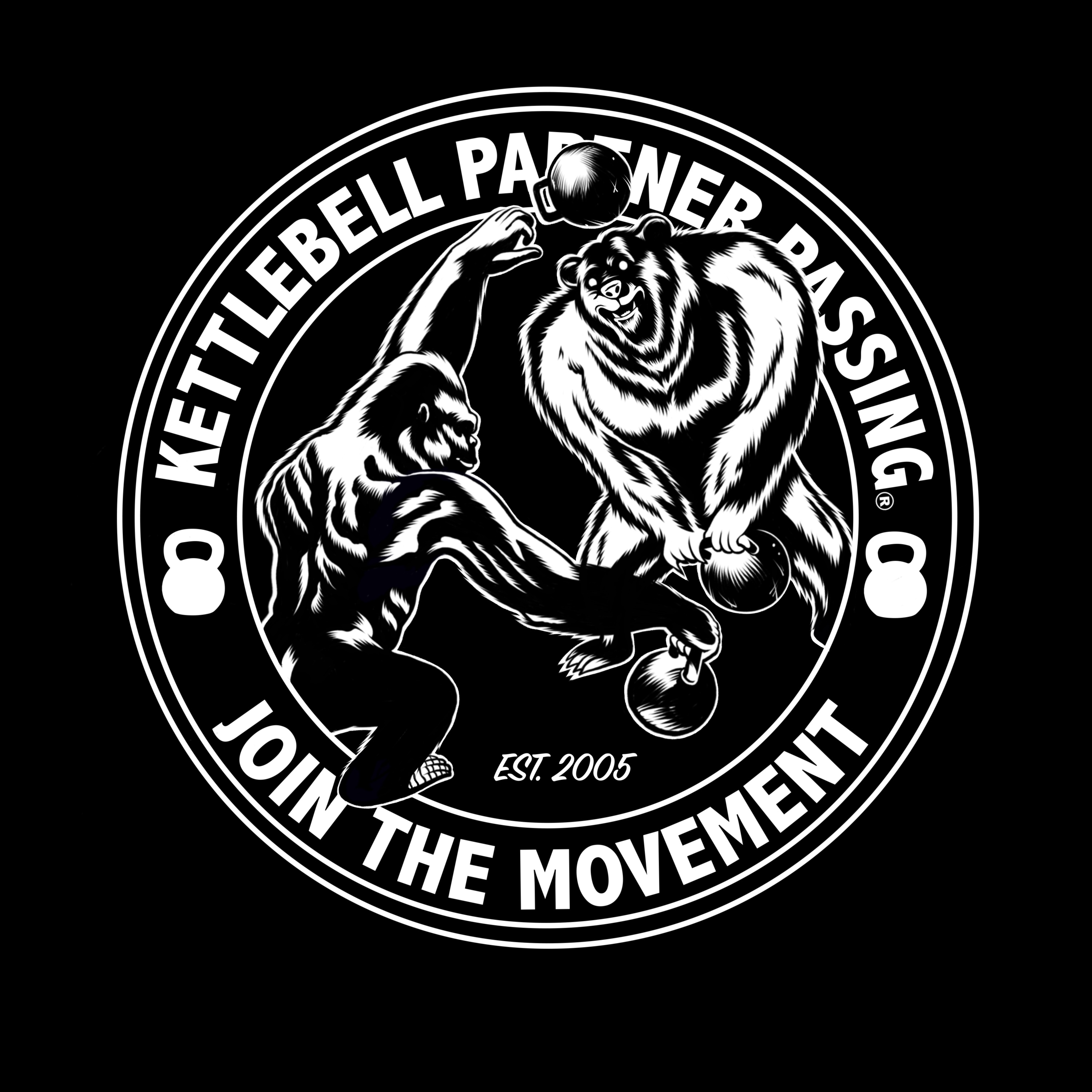The KPP Compass
- Kettlebell Partner Passing

- Mar 5, 2021
- 3 min read
Updated: Apr 6, 2022
The compass is a fundamental movement that teaches you how to move with the kettlebell through different stances and directional changes while coordinating movements with the movement of the kettlebell. The compass is a great Kettlebell Solo exercise to get comfortable with directing and absorbing force through a number of positions, which prepares you for the rigors of partner passing and specifically freestyle KPP.

The compass involves stepping while doing around the body handoffs with the kettlebell. There are some terms that will help you to learn the compass. The Home position is where both feet begin together. At any given time one foot will remain in the home position and is know as the home foot while the other foot leaves home is called the traveling foot. It is helpful to know the difference between the home foot and the traveling foot as they both serve an important function and more advanced forms of the compass challenge each foot to play both roles in different alternating patterns.
Other terms you will hear when learning the ABH that are especially applicable to the compass are riding and pulling the bell. When the lifter learns to “pull” and “ride” the bell correctly the compass becomes much easier even with heavier weights. To pull the bell means to use the weight of the bell as it moves towards you to aid your step in the opposite direction, literally pulling on the bell to make your move easier (see video below). To ride the bell means to let the bell pull you in the direction the bell is traveling also making your move easier.
Compass Variations

There are many variations of the compass that can be performed. The steps of the compass can be cardinal, ordinal, or a combination of the two.
There are two variables of travel to be considered: the direction the kettlebell travels, and the direction the feet step. The direction of each is either clockwise (CW) or counterclockwise (CCW).

The four compass variations are:
1. Bell travels CW, feet step CCW
2. Bell travels CCW, feet step CW
3. Both feet and bell go CW
4. Both feet and bell go CCW
*Note that all variations can be done with cardinal or ordinal steps, or both.
Benefits of the Compass
The benefits of the compass for Kettlebell Partner Passing -- and for your fitness -- are numerous. As it applies to fitness, the compass improves core strength, balance coordination, agility and grip endurance to name a few. As it applies to KPP, the compass builds confidence moving with weight in different directions and planes of motion to prepare for complex passing patterns that require good command of the bell throughout all of the stances. Lastly, the compass and the numerous other drills in Kettlebell Solo Foundations are excellent and unconventional ways to improve your overall health and enhance your KPP experience by making you a better partner to pass with.
How to Practice the Compass
1. Begin by learning the stances from Kettlebell Solo Foundations. The compass is comprised of the many variations of the stances in the ebook.
2. Get good with around the body handoffs, both clockwise and counterclockwise directions.
3. Learn the steps of the compass separately: forward, backward, and side.
4. Practice the individual steps in different combinations, i.e. step forward left and right, step forward right and backward left, step side left and right.
5. Combine the steps together to practice the compass. Practice all four variations with cardinal steps first: North, South, East and West.
6. Next, repeat steps 3-5 with ordinal steps: Northeast, Southeast, Southwest, Northwest.
7. Once you've mastered the compass in cardinal and ordinal directions, combine the two to perform the full compass! (The video below shows cardinal directions only.)
Mastering the compass and other Kettlebell Solo drills is no easy feat. Use Kettlebell Solo Foundations as your guide with a progressive training program.



Comments